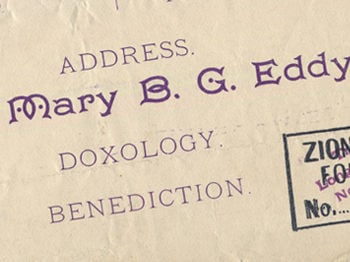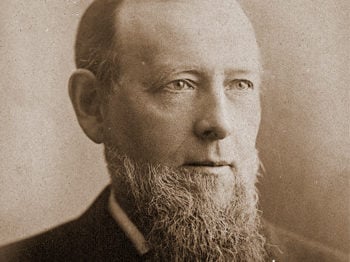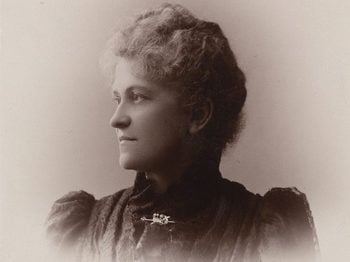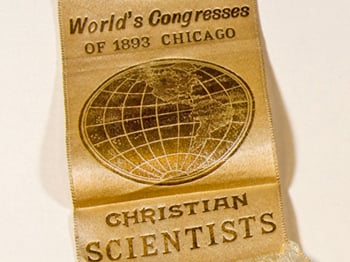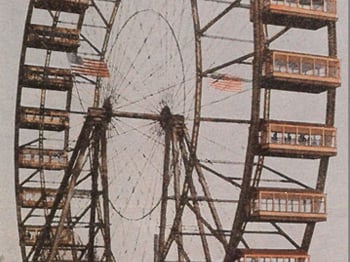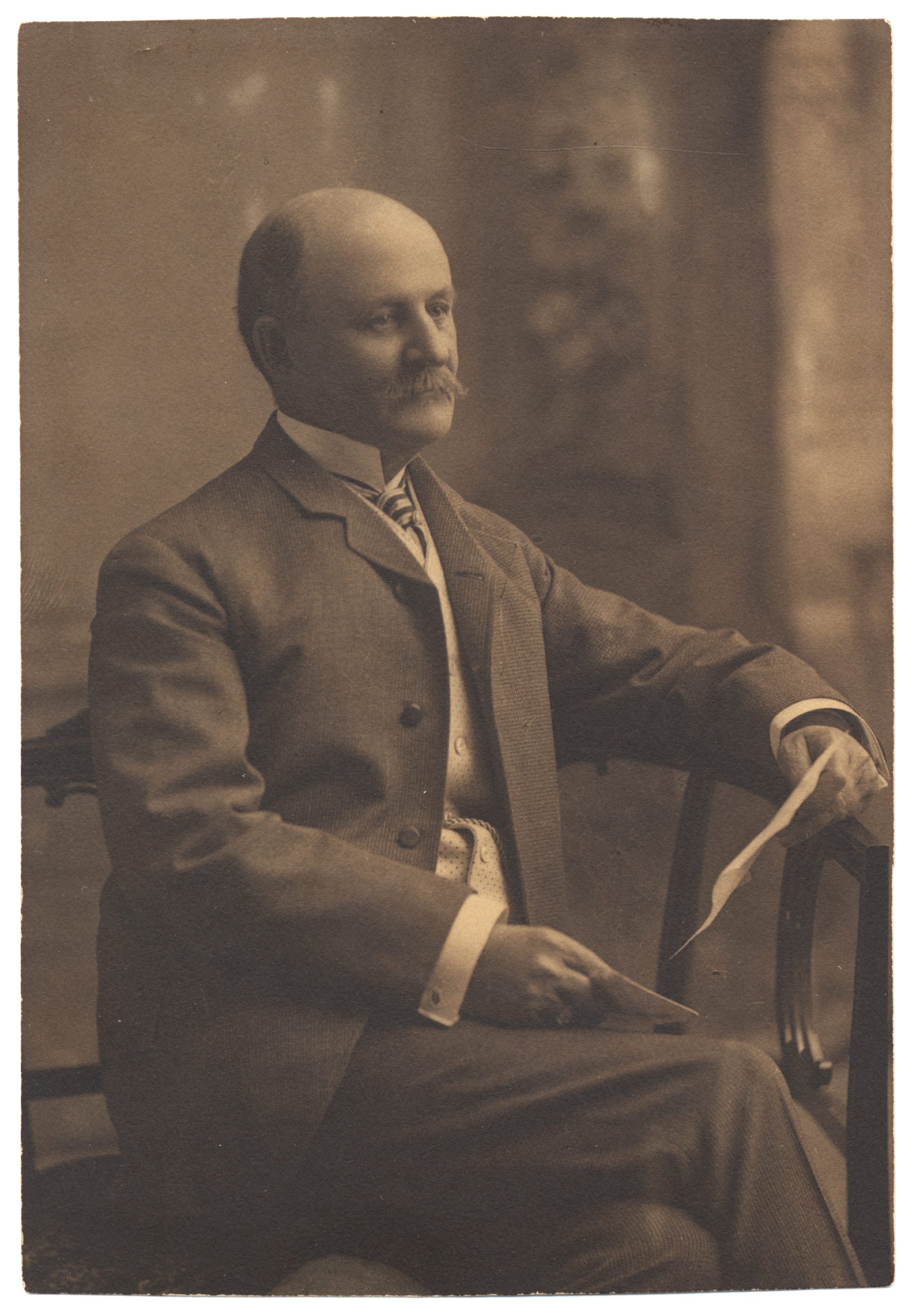
In the early 1890’s the Christian Science movement was moving forward, with The Mother Church and its branches being welded into a unified whole. Many early inquirers into this movement in studying the Christian Science textbook, and in receiving instruction, were preparing themselves to fill important roles in this forward move. Among these was Edward A. Kimball of Chicago, who had for several years been seeking to understand the truth which had brought healing to him in 1887.
Mr. Kimball was in his forties when he turned to Christian Science as his life work. He was a discerning observer, — analyzing, evaluating, and endeavoring to understand his observations. He later was a lecturer and teacher, speaking with conviction and enthusiasm. He often brought out some profound truth by starting with an observation familiar to many and transcribing it into a rich spiritual lesson. His honesty, his logic, and clear thinking were powerful factors in reaching his audiences.
His interest in Christian Science came about in this way. For fourteen months in the mid-1880’s he had been in a New York sanatorium under expert treatment for a malady of long duration. Finding no help, he and Mrs. Kimball, who was also ill, started on a round-the-world search for health. However, disappointed in finding neither health nor encouragement from medical specialists in Britain, they returned to America without going further. Meanwhile, a younger sister of Mr. Kimball’s, Mrs. Harriet Kimball Scott of Atlanta, Georgia, had been healed through Christian Science of an ailment that had kept her confined to a health resort. Another sister, Mrs. P. L. Underwood, met the Kimballs’ incoming boat at New York and gave them information how they could avail themselves of this healing truth.
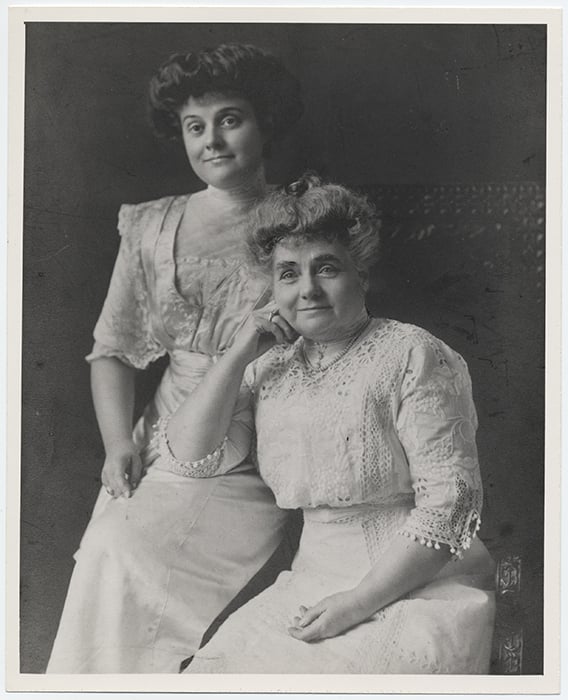
Mr. and Mrs. Kimball grasped at the possibility of finding health through this new faith. Mrs. Kimball was quickly healed, but his more obdurate belief took more time. The following spring, however, both Mr. and Mrs. Kimball entered Mrs. Eddy’s March Primary class. A year later they were in her 1889 March class in the Massachusetts Metaphysical College, which closed in October 1889.
That Mr. Kimball had a love and reverence for Mrs. Eddy is shown in the following quotation from a letter he sent to Irving Tomlinson in 1909. “All things are possible to Mind and the possibility must be expressed by thought and I am persuaded that all things are possible to her.”*
Edward Ancel Kimball, born in 1845 and educated in Buffalo, New York, was the son of Lovel and Elvira (St. John) Kimball. He was a descendant of an Englishman, Richard Kimball, who came to America from Rattelsden in Suffolk. After a brief residence in Watertown, a town in the Massachusetts Bay Colony, following his arrival in America in 1634, he settled in nearby Ipswich. Among Mr. Kimball’s ancestors were also Governor William Bradford and Elder William Brewster. Governor Bradford was one of the authors of the Mayflower Compact and second governor of Plymouth Colony.
Edward’s father passed on when Edward was three years of age, and at seventeen he set out to make his career. Reaching Chicago in 1865 at the age of twenty, he entered the lumber business. In the early 1870’s he turned his attention to the manufacturing of paving blocks and roofing materials for his company, and became a member of the firm of Barrett, Arnold and Kimball, — afterward Arnold and Kimball. Later, after he had left the company, his son, Wallace Davidson Kimball, acquired part of his father’s stock and became a member of the firm. From this period Mr. Kimball devoted his entire time to the Cause of Christian Science and to the service of Mrs. Eddy.
Mr. Kimball was married in Elgin, Illinois on May 8, 1873 to Kate Davidson, daughter of Daniel Davidson of Chicago. They had two children, Wallace Davidson and Edna. The latter became an active practitioner and teacher of Christian Science. Although Mrs. Kimball was authorized to teach Christian Science, she left the field to her husband, and became a busy practitioner and co-worker with him in his varied assignments.
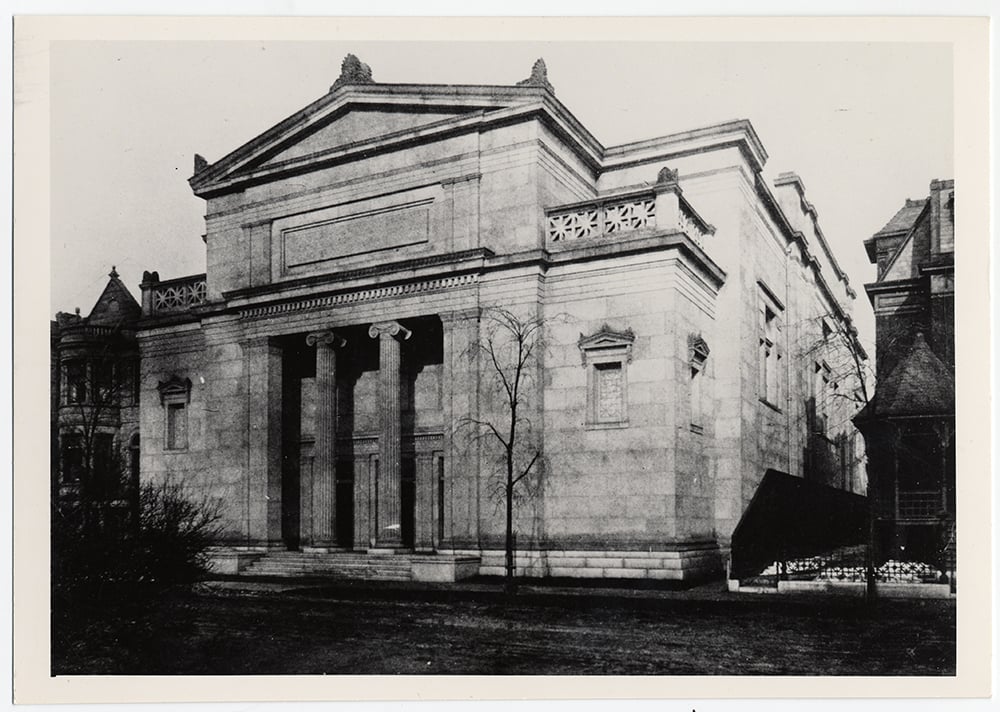
In 1890 Mr. and Mrs. Kimball joined the Church of Christ (Scientist) Chicago (as it was then called), which had been newly reorganized. Mrs. Eddy made two visits to Chicago, the first in 1884 and a second in 1888. Thereafter she followed closely the growth of the Chicago church. An early service of Mr. Kimball’s to the church (renamed First Church of Christ, Scientist, of Chicago in 1892) was recommended by Mrs. Eddy. This service was to monitor the weekly Bible class for the study of the International Sunday School Lesson then used in the Christian Science Quarterly. He served in this capacity until the International Series was replaced by Mrs. Eddy’s own copyrighted lessons. (See Quarterly News, Autumn 1964, Vol. 1 No. 3.)
When preaching was replaced in Christian Science churches in 1895 by two readers reading the Lesson-Sermon, Mr. Kimball became one of the readers in the Chicago church. Mrs. Ruth B. Ewing was the other. Shortly after becoming a member of the Chicago church, Mr. Kimball was elected to the Board of Trustees, composed of men, and Mrs. Kimball to the Board of Directors or Executive Committee, made up of women.
Meanwhile, plans were maturing for the World’s Parliament of Religions in the Columbian Exposition (World’s Fair) of 1893. This was an opportunity to present Christian Science as one of the world’s religions. (See “Chicago and Its Early Workers”, Quarterly News, Autumn 1972, Vol. 9, No. 3.) Both Mr. Kimball and Mrs. Ewing were to become active in this endeavor. An exhibit of literature was displayed in Exposition Hall near 55th Street, and, on September 20 and 22, programs by Christian Scientists were presented in the Art Palace.
A booklet, “Questions Pertaining to Christian Science” — a synopsis of answers by Mr. Kimball to questions asked by his audience following his address on Christian Science before the summer Bloomington (Illinois) Chautauqua in 1892, was made available at the Exposition. This booklet was reprinted from the Bloomington Daily Bulletin for redistribution at the Fair. In 1894 it was printed and sold by The Christian Science Publishing Society under the title, “Answers to Questions in Christian Science”, by Edward A. Kimball.
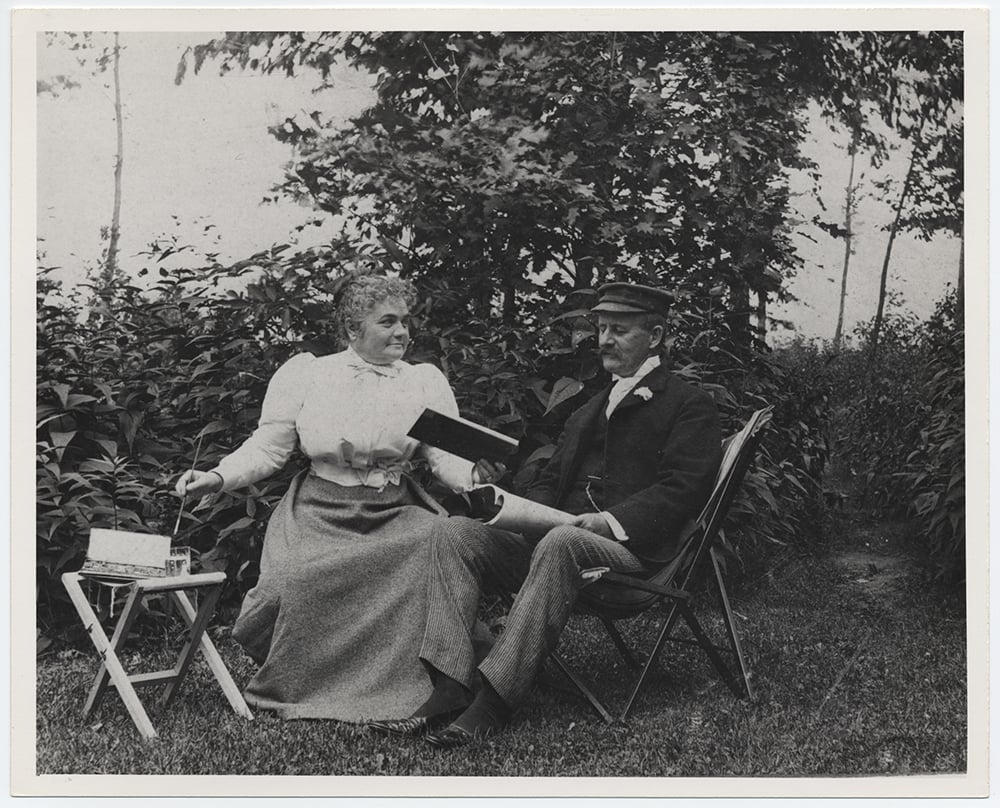
By 1894 the Chicago church had outgrown its seating capacity and Mr. Kimball, who had previously been appointed chairman of a committee charged with finding a larger space for meetings, recommended the Auditorium Theatre. This new auditorium, seating 5000, and considered one of the most magnificent halls in the country, was secured and occupied until the church moved into its own edifice. It was here beginning in 1895 that Mr. Kimball served as First Reader with Mrs. Ruth B. Ewing as Second Reader. He also conducted the Friday Evening Meetings until changed to Wednesday in 1898. At this time Frederic W. Root was organist; he later was the author of the words of six hymns in the Christian Science Hymnal. When the order of service permitted a soloist, Bicknell Young, subsequently Christian Science lecturer and teacher, became the church’s first soloist.
The Sunday school met after the regular service and Mr. Kimball taught both young people and adults as the need arose. Bicknell Young’s son, Hilgard B. Young, was in Mr. Kimball’s class of boys and he recounted the following recently as to his Sunday school teacher: “His (Mr. Kimball’s) modesty surpassed his authority and prestige. Mr. Kimball was the rock, albeit gentle and reserved in every act. His voice was low and forceful and later as a lecturer could be heard in the far reaches of the largest auditorium.”
Mrs. Eddy invited Mr. and Mrs. Edward Kimball to attend her 1898 class and requested him to read to the assembled seventy in Christian Science Hall, a letter of welcome from her. Just as he finished reading it, Mrs. Eddy entered the hall and began to teach. At the close of the class, both Mr. and Mrs. Kimball were included among those who received the degree of C.S.D.
A contract with Mr. Kimball was made on October 9, 1899 whereby the copyrights of all Mrs. Eddy’s published writings were transferred to him with the exception of the Church Manual. These copyrights remained in Mr. Kimball’s name until transferred some years later to a special trust that Mrs. Eddy had set up at that time to receive them. Her reason for creation of this trusteeship of three persons was that she felt she could not “serve God and mammon.”
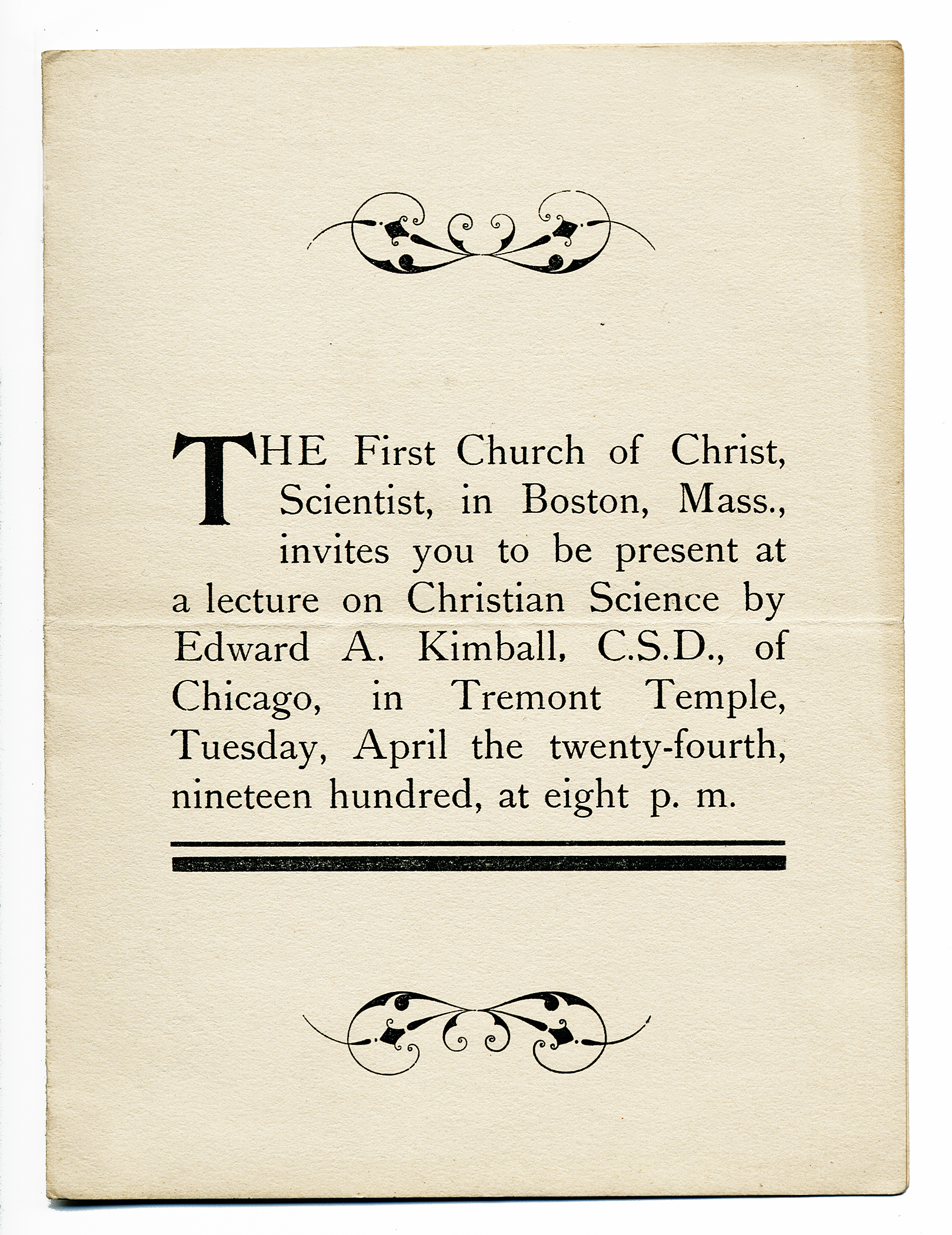
Meanwhile, responsible appointments in First Church of Christ, Scientist, Chicago, continued, including active participation as a member of the Building Committee in the construction of its beautiful edifice, dedicated November 14, 1897. On November 17 Mrs. Eddy telegraphed to Mr. Kimball and Mrs. Ewing, “Beloved Readers of Christian Science Church in Chicago, your dedicatory services were perfect and perfection is no trifle – Mary Baker Eddy.”*
Mrs. Eddy called Mr. Kimball in 1898 to serve on the newly constituted Board of Lectureship consisting of five members. These were Rev. George Tomkins, Rev. William P. McKenzie, Rev. Irving C. Tomlinson, Mr. Carol Norton, and Mr. Kimball who was made Chairman, a post he held until his passing. He resigned as First Reader of First Church of Christ, Scientist, Chicago, in May 1899, in order to give full time to the Board of Lectureship and other work for Mrs. Eddy.
A resolution of gratitude for his services to First Church was passed by the membership and a copy suitably inscribed and bound was presented to him by a committee from the church.
An appreciation was also included in the 1899 annual report of the church which closed with this tribute, “What his staunch adherence to Principle, breadth of vision, and his apt words of wisdom meant to First Church of Christ, Scientist, while he dwelt among us, only those, perhaps, who worked with him can measure.” His experience in Chicago may have contributed much to the vision and confidence expressed three years later at the June 18, 1902 Annual Meeting of The Mother Church held in Mechanics Hall. At that meeting he proposed a plan for the membership to make available a sum of two million dollars to be drawn on as needed to erect a suitable extension auditorium for The Mother Church capable of seating four or five thousand persons. “The necessity here indicated is beyond cavil.” he said, “beyond resistance in your thought” [The First Church of Christ, Scientist, and Miscellany, p. 8].*
Mr. Kimball gave his 200th lecture in Kansas City at Convention Hall on Sunday afternoon, September 30, 1900. (In this same hall four years earlier, William Jennings Bryan had been nominated for the presidency.) The report of the lecture in The Christian Science Journal incorporated the following excerpt from one present, “As I attended the lecture given at Kansas City, September 30, by Edward A. Kimball, before an audience of ten thousand people, I looked on in wonder and admiration, and thought, Is there any other religion on earth that would bring together such a throng of people upon such short notice? The speaker seemed inspired, and indeed the multitude were fed, and many went away healed, returning to their homes rejoicing that their burdens had fallen away.” Mr. Kimball gave hundreds of lectures throughout the United States and abroad, traveling hundreds of thousands of miles in so doing.
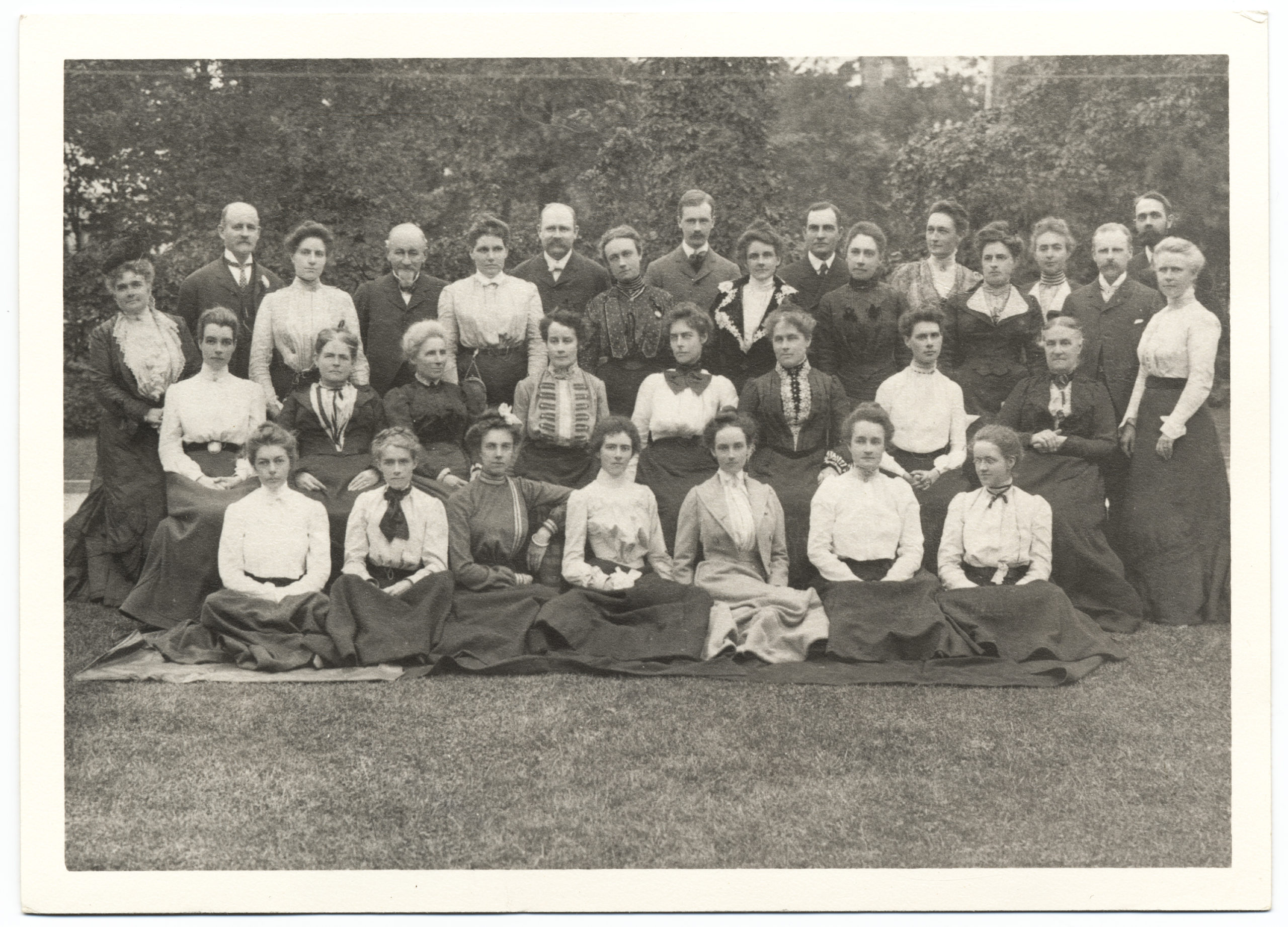
When Mrs. Eddy closed her Massachusetts Metaphysical College in 1889, she retained her charter. In 1899 she organized the Board of Education for the purpose of providing a consistent flow of well-taught teachers of Christian Science to meet the need of the movement as it expanded, and called Mr. Kimball to teach the first class in this newly organized Board. Other teachers associated with the Board were Mrs. Laura Lathrop, Judge Septimus J. Hanna, and Dr. Alfred E. Baker.
Mr. Kimball also taught Normal classes in 1900, 1901 and 1902, and two Primary classes in 1903. He, therefore, had a large number of students in the Board of Education, of whom more than 125 received certificates to teach. He had begun teaching Primary classes about 1895, Mrs. Eddy encouraging him in this work in a letter to him of March 23, 1896.
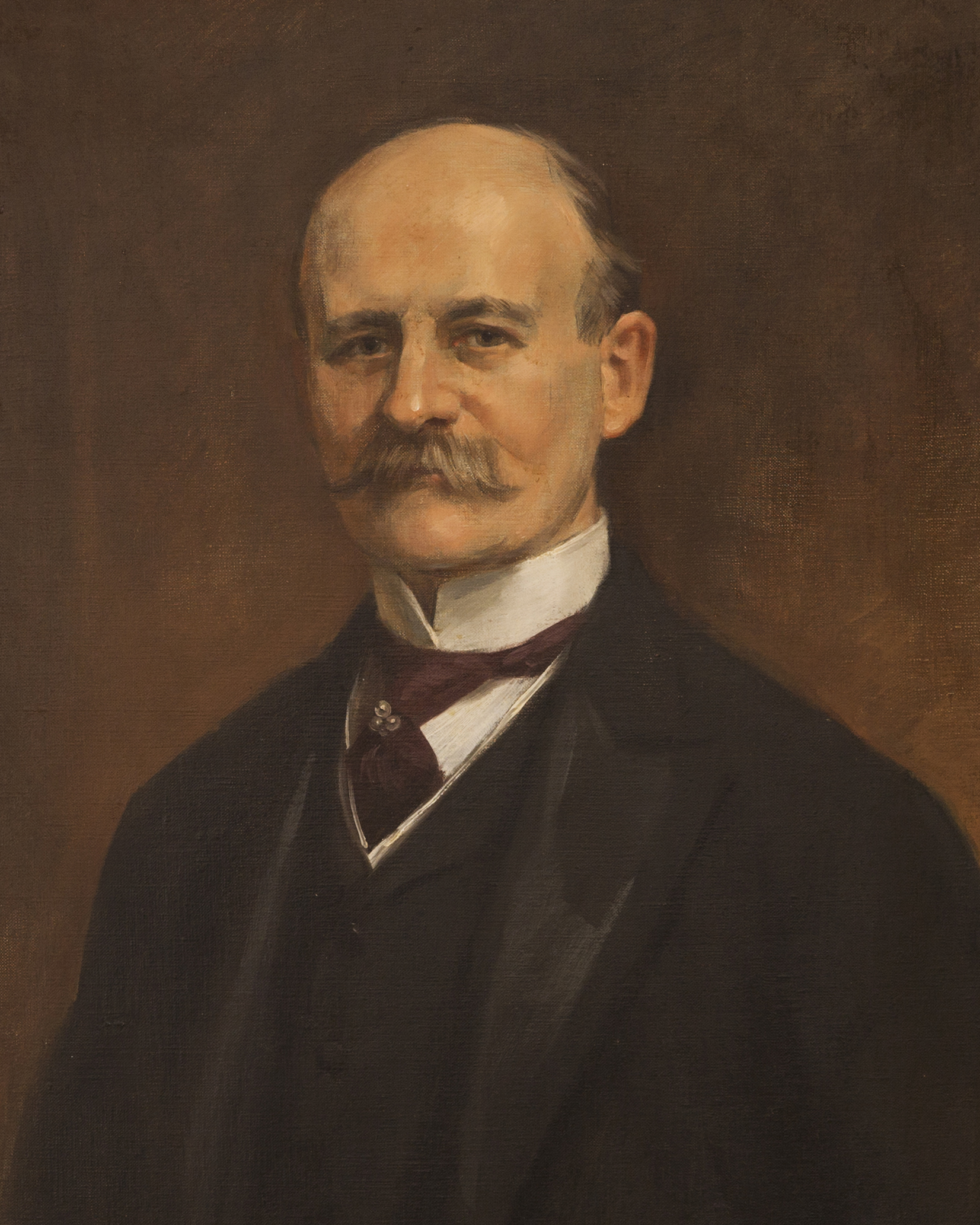
Mrs. Eddy wrote in The Christian Science Journal for June 1904 the following: “The long term of the incumbent teacher in the Board of Education, Mr. Edward A. Kimball, C.S.D., expires in June, when he retires crowned with honors – his Teacher and Leader loving him, his students praising him, and the race benefited by his labors. May his successor ‘go and do likewise.'”*
Mr. and Mrs. Kimball kept their residence in Chicago for many years. Their spacious grounds and home located in a beautiful residential section of the city provided a harmonious center for their healing, teaching and writing. He was an enthusiastic grower of chrysanthemums and frequently exhibited in local flower shows, sometimes serving as a judge. His hobby led him to have his own conservatory and greenhouse.
In both 1908 and 1909 Mr. Kimball carried the message of Christian Science to Europe, speaking on one occasion in Queens Hall, London, to an overflow audience. On his return to America in the summer of 1909, he stopped briefly in New York on his way to Chicago. Mr. Edward A. Merritt, a close friend, met his train in Chagrin Falls, Ohio, near Cleveland, and Mr. Kimball stopped off at the Merritt’s home. There he passed on, on August 13, 1909 after twenty-two years of devoted service to Christian Science.
Mrs. Eddy wrote of him in the Christian Science Sentinel and in The Christian Science Journal, (See also The First Church of Christ, Scientist, and Miscellany, page 297): “My beloved Edward A. Kimball, whose clear, correct teaching of Christian Science has been and is an inspiration to the whole field, is here now as veritably as when he visited me a year ago.”*
